The International Energy Agency is yet to assign hydrogen produced by burning wood a classification colour, but proponents of the model are adamant it counts as green. They are, of course, technically correct – biomass is defined as a renewable energy source both here in Australia and abroad. Trees grow back. When they grow, they reabsorb the carbon they emit if they’re burned. In theory, it’s tidy closed loop system and has earned biomass the label net zero.
In reality though, niggling questions persist. This neat piece of carbon accounting, for instance, pays little attention to time. When, exactly, do we reach carbon parity? And to what extent can we trust claims about the wood’s origin and sustainability credentials?
As for using biomass to make what will go on to be sold as green hydrogen, Suzanne Harter, a Clean Energy Campaigner at the Australian Conservation Fund described it to pv magazine Australia as “a bit like money laundering.”
Why use biomass
Two key features make biomass attractive as an energy source. Firstly, it takes very little to convert an existing thermal power plant from coal burning to wood burning. Secondly, and perhaps more importantly for the hydrogen industry, it provides predicable, base load power.
Solar and wind, as abundant as they are here in Australia, remain at the whim of nature. And electrolysers, which are used to make green hydrogen, are extremely expensive. So there’s a good chance that those operating them would prefer if they worked around the clock, rather than just when the sun is shining or the wind is blowing.
“The most reliable form of green energy is waste biomass,” Richard Poole, CEO and Director of Verdant Earth Technologies, told pv magazine Australia.
Verdant recently bought the mothballed Redbank Power Station in the New South Wales’ Hunter region. It plans to recommission the 151 MW station, now called Verdant Power Station, to run purely on waste biomass.
“So we end up with a green energy product [by burning biomass],” Poole explained, “and what we want to do with that green energy product is add green hydrogen behind it.” That is, Verdant’s plan is to co-locate a hydrogen production facility next to the power plant, eliminating transmission costs and maximising production, alongside feeding the biomass-generated electricity directly into the grid. Its aim is to be producing hydrogen at the site by December, 2022.
Verdant isn’t the only company pursuing this model, Patriot Hydrogen is also putting biomass at the centre of its hydrogen producing plans, though at a much smaller scale. Its P2H units, as they’re named, are essentially modular, hydrogen producing kits which run on biomass, with the company boasting they can be powered up anywhere, anytime.
The biomass Verdant plans to burn at its power station will come from local sawmill, Sweetman Renewables. The company’s chairman, John Halkett, told pv magazine Australia he is looking to double if not treble log input for the sawmill, growing the facility’s production by the same amount. Halkett described demand for hardwood as “gangbusters,” noting that the Victorian government are currently moving to ban the native hardwood industry, giving companies like Sweetman, which is based in New South Wales, an even bigger share of the growing market.
Waste biomass
Both Poole and Halkett are eager to clarify that the wood being burned is waste. “We don’t want to give people the idea we are going to be chopping trees down for biomass,” Halkett said.
“The actual reality is when the forestry industry pulls down a tree and harvests the timber, it generally only uses about 30% of that tree. So we’ve got 70% waste. So what are you doing with that waste? The truth is that waste is that its either being burned or decomposing. So we’re not adding to the problem at all,” Verdant’s Richard Poole said.
Verdant and Sweetman, which have formed a partnership, say their first source of waste wood is these offcuts, the leftovers after the felled tree has been turned into straight wooden planks. The second source is what’s called forest residue – bits left on the ground like the tree’s canopy.
The third source, which Halkett says actually accounts for about half of all its waste wood, is industrial or residential timber destined for landfill. By his estimates, a whopping 15% of landfill is made up of timber products which could be burned.
These three streams are then mixed, turned into woodchips and sent over to the Verdant Power Station as fuel, though the majority is exported to Japan – a market Halkett says is hungry and heavily subsiding biomass after committing to move away from nuclear.
The monetary cost
Which brings us to our next point: the cost. As has been noted, hydrogen – especially in its early years – is going to be a marginal business. Unlike wind and solar, biomass doesn’t have a zero cost energy input. And using it to produce electricity requires stocks to be constantly replenished.
Even though Verdant is relying on an energy source that isn’t free, its CEO claims his company is expecting to be able to produce some of Australia’s most competitive hydrogen. “We’re one of the cheapest hydrogen producers at the moment,” he said.
It’s not clear to precisely what extent the subsidisation of timber industries has afforded this competitiveness, but it is worth noting that as an old and established trade, the timber industry enjoys generous government subsidies which have gone on so long they’re often forgotten, like budgetary wallpaper.
“The logging industry in every state has been propped up, is propped up, by millions of taxpayer dollars every year and there’s no indication that a native forest biomass industry would be able to stand on its own two feet without massive government subsidies,” Suzanne Harter, Climate Change and Clean Energy Campaigner at the Australian Conservation Fund told pv magazine Australia.
The ulterior costs
There are other costs to burning wood too, Harter says. The most obvious being the impacts it has on habitats and biodiversity. In a country still reeling from the Black Summer bushfires which burned 18.6 million hectares, nearly the size of England, and killed or displaced three billion animals, the continued logging of unburned forests in many states has been met with fierce community ire.
“We also don’t know all of the [forests’] services. We know that forests provide a whole range of ecosystem services, it’s not just one thing – it’s not just habitat, it’s not just oxygen – but there are a whole lot of things which we don’t fully understand yet the interconnected web that they are part of,” Harter said.
“Trees even impact the climate and they allow a whole lot of other things to grow… So I think the idea of moving cautiously when it comes to our forests and protecting the nature we still have left is very, very important,” she added.
Waste wood – a slippery slope
Harter also has concerns about what’s deemed ‘waste’ wood, grounded in both the looseness of the definition and the quick derailment of the biomass situation in Europe.
“The definition of ‘waste’ by the woodchip industry is basically any tree that’s not suitable for logging,” Harter said. “The definition does allow quite a lot of wood to be put into those furnaces… you could certainly go a lot further than what we would want to call genuine waste.”
“It’s quite a slippery slope,” she added. “Once you have a industry that relies on cutting things down, you just keep cutting things down.” Which is just what has happened in Europe, where the industry for woodchips or wood pellets imported from the United States increased from almost nothing in the early 2000s to almost five million tonnes of pellets by 2015. The industry still claims to be running on waste, but environmental groups say there’s evidence untouched forest has been felled to feed demand. As Harter says, the EU has gone well beyond the “sustainable means they intended to use” when biomass was first posited as a ‘transition fuel’ for the region in the 90s.
“We’re not at that point here, obviously, but it’s an example that if you start an industry that requires this sort of fuel, and trees don’t grow fast enough, you’re going to have to be taking out new areas to sustain an ongoing demand,” Harter said.
A handful of hydrogen projects clearly don’t pose this kind of threat, Harter added, but it’s a road traversed by numerous countries in the last few decades, many of which now house a chorus of critics saddled with grievances.
Controversy of carbon accounting
The logic of carbon accounting and biomass’s net zero classification is also a sticking point for Harter. And she isn’t alone. This year, more than 500 scientists signed an open letter to world leaders calling on them to “stop treating the burning of biomass as carbon neutral”. Others have attempted to go through the court system to revoke the status, as was done in the European Court of Justice in 2019, and last year in South Korea.
In a perfect world, burning and regrowing trees is a closed carbon loop – but our world is far from perfect and scientists are increasingly arguing biomass industries are destroying trees, our only proven carbon sequestering technology, only to dump carbon dioxide into the atmosphere amid an already out of control climate crisis.
Step in the right direction
Verdant and Sweetman refute this argument. They say biomass, while not perfect, is a step in the right direction and will help rid our country of its dependence on coal but providing a base load alternative.
“This is absolutely the plan: to see us have 100% green grid. No one has come up with one yet so this a pretty solid proposal to move forward. So it’s just about getting your head around ‘is this good or is this bad?’ well, the truth is, it’s a lot lot better than where we are now,” Verdant’s Poole said.
“That doesn’t mean that in 10 or 15 years there’s not going to be technological advancements but for now it’s a bloody good solution.”
Harter remains unconvinced. For her, the fact that Australia ended up including biomass in its category of renewable energy sources is lamentable and the root of ongoing problems.
By including biomass, it opens up its industries to access renewable funding, taking resources from more genuinely clean industries, she says. “You hate to see that money diverted into a very inefficient, relatively destructive type of energy and taking away support from genuinely cleaner, safer options.”
This content is protected by copyright and may not be reused. If you want to cooperate with us and would like to reuse some of our content, please contact: editors@pv-magazine.com.
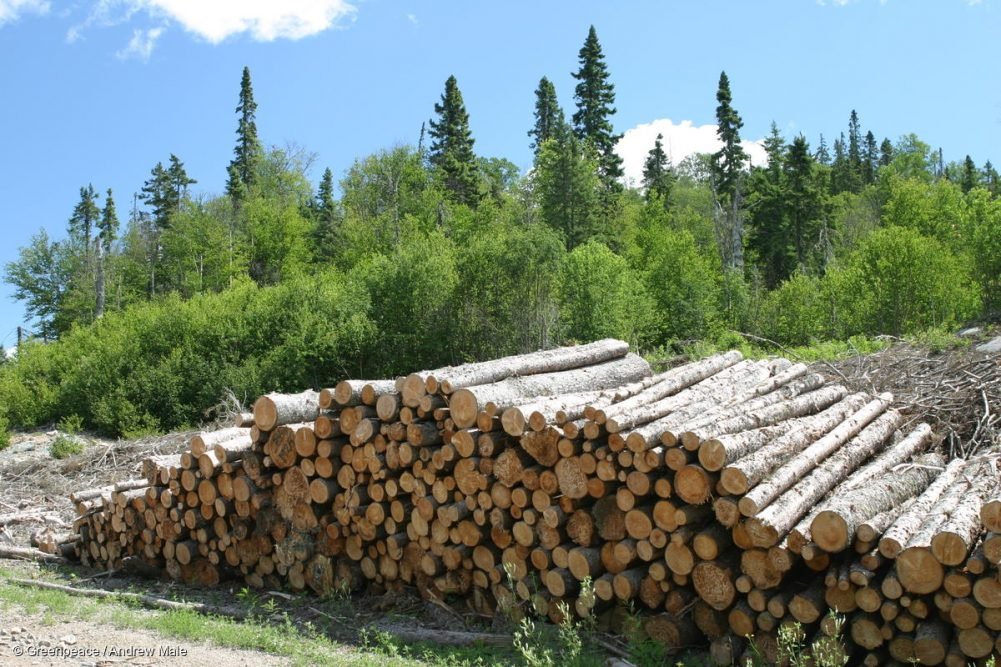
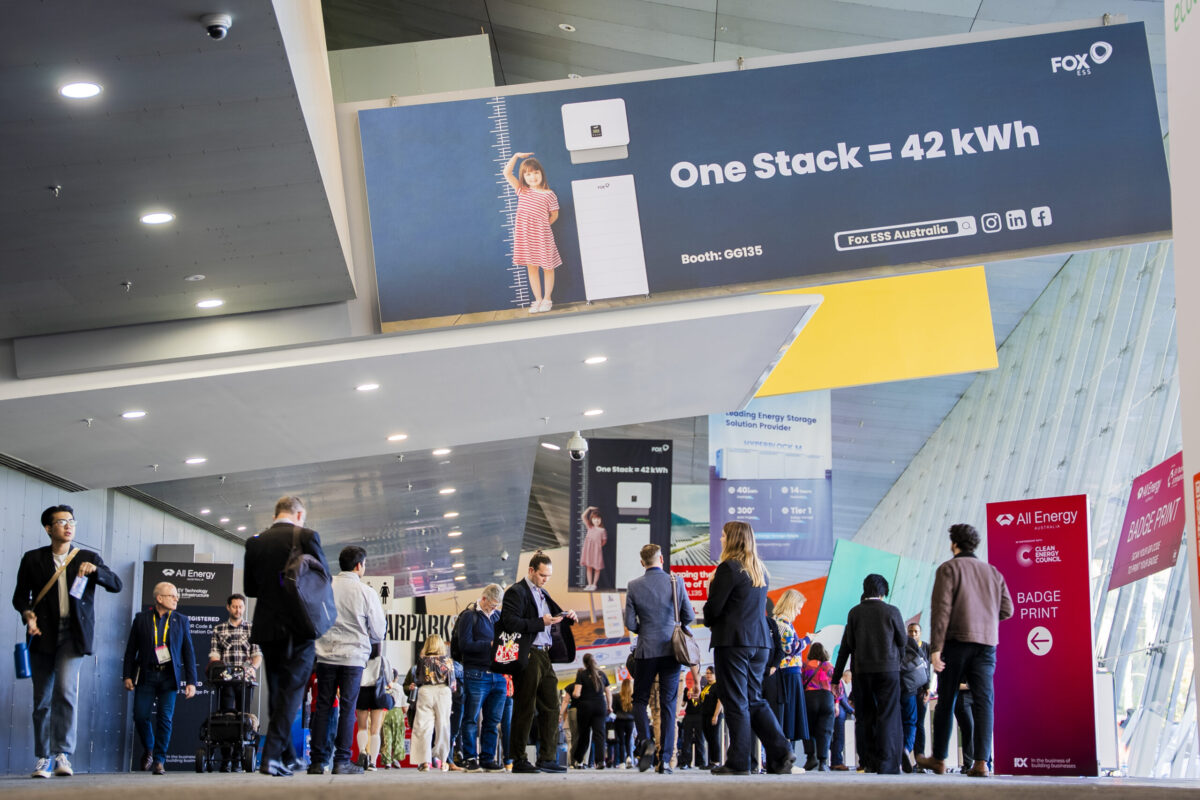


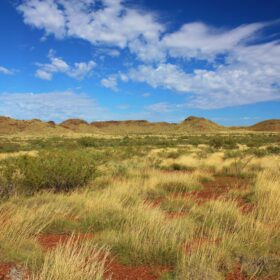
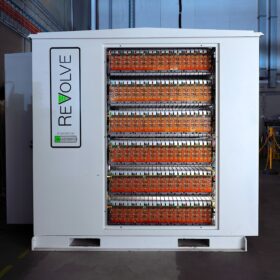
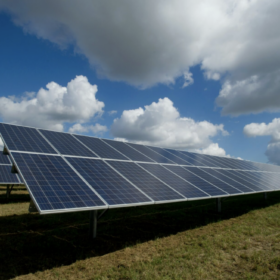

Nobody should even consider such lunacy! Biomass is already burning in Siberia, Canada, the northwestern USA and all the way down to California, causing toxic emissions never recorded before and on top in the Amazon Basin under Bolsonaro. Ice is melting all over the planet.
Devastating floods unseen in Europe. We ain’t seen nothing yet what global warming can do!
Unless the human race comes to some common sense and embraces already existing truly renewable technology, I fear it is sadly heading for mass extinction of all life on this wonderful planet in the long run!
Rolf Gerig, a retired engineer in electronics, mechanics, and
observer of climatic changes over decades on two continents.
I am looking for ways to create better green energy. I think burning wood should be in the forefront.